Keeping your home free of dust can sometimes feel like an endless battle. Even if you clean regularly, tiny dust particles seem to settle everywhere on furniture, electronics, and windowsills.
But what if nature could lend a hand? Some houseplants not only beautify your space but also help purify the air and reduce dust and particulate matter.
These plants naturally trap airborne particles on their leaves and improve humidity, which helps prevent dust from circulating.
Let’s explore 11 amazing houseplants that help keep your indoor air cleaner and fresher.
1. Peace Lily
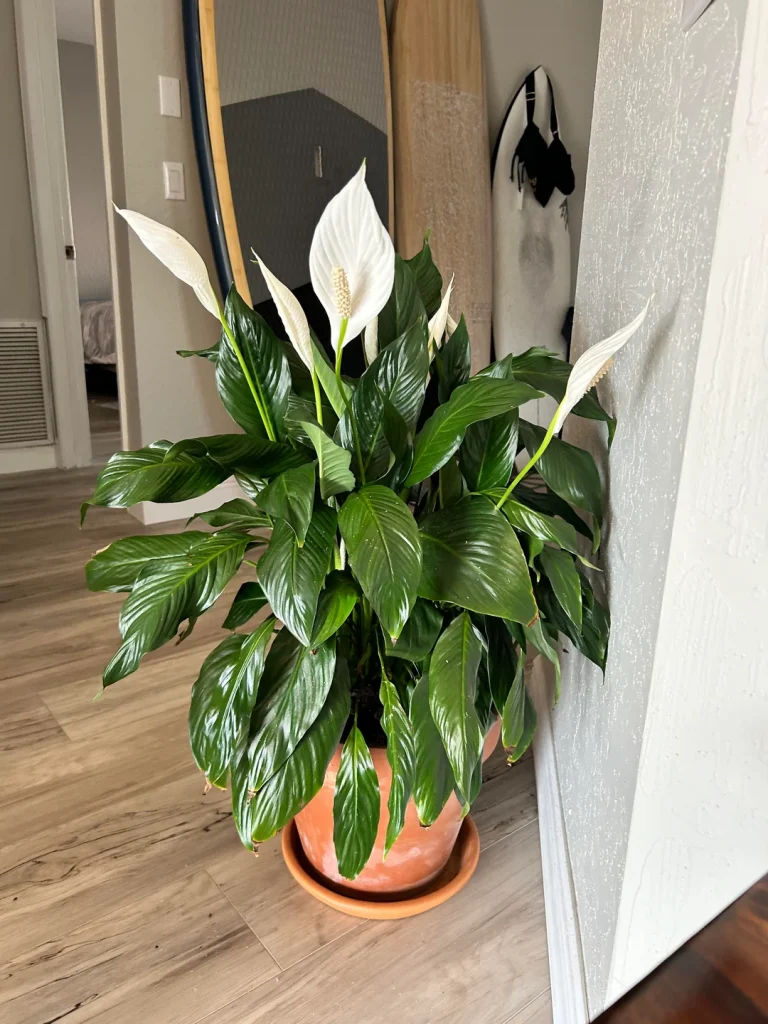
The Peace Lily is one of the most effective houseplants for reducing dust and improving indoor air quality. Its large, glossy leaves act like natural dust catchers, trapping airborne particles before they settle on your furniture.
This plant also helps increase humidity through a process called transpiration, which reduces the amount of dust in the air.
Beyond its dust-reducing ability, the Peace Lily is also known for removing toxins such as formaldehyde, benzene, and carbon monoxide.
It thrives in moderate light and prefers moist but not waterlogged soil. Wipe its leaves occasionally with a damp cloth to remove dust buildup so it can keep doing its job efficiently.
The Peace Lily’s white flowers add elegance to any room, making it both functional and beautiful.
2. Spider Plant
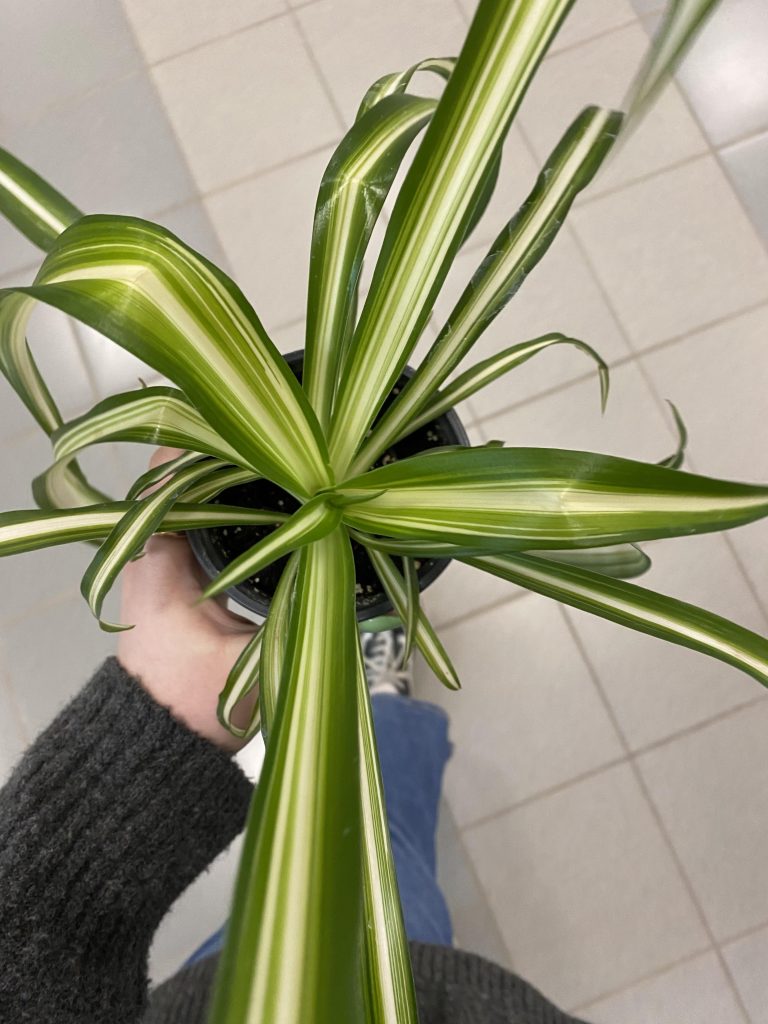
The Spider Plant is a top choice for people who want a low-maintenance air-purifying plant.
Its long, arching leaves are highly effective at trapping dust and other particles. This plant is known for its ability to remove airborne pollutants such as carbon monoxide and formaldehyde, making it an excellent addition to living rooms and offices.
Spider Plants thrive in indirect sunlight and prefer well-drained soil. They are also non-toxic to pets, making them safe for homes with cats or dogs.
Regular misting or occasional wiping of the leaves can help maintain their effectiveness. Another advantage of Spider Plants is their ability to reproduce easily.
The small offshoots or “spiderettes” can be propagated to create more plants, helping you spread clean air throughout your home.
3. Areca Palm
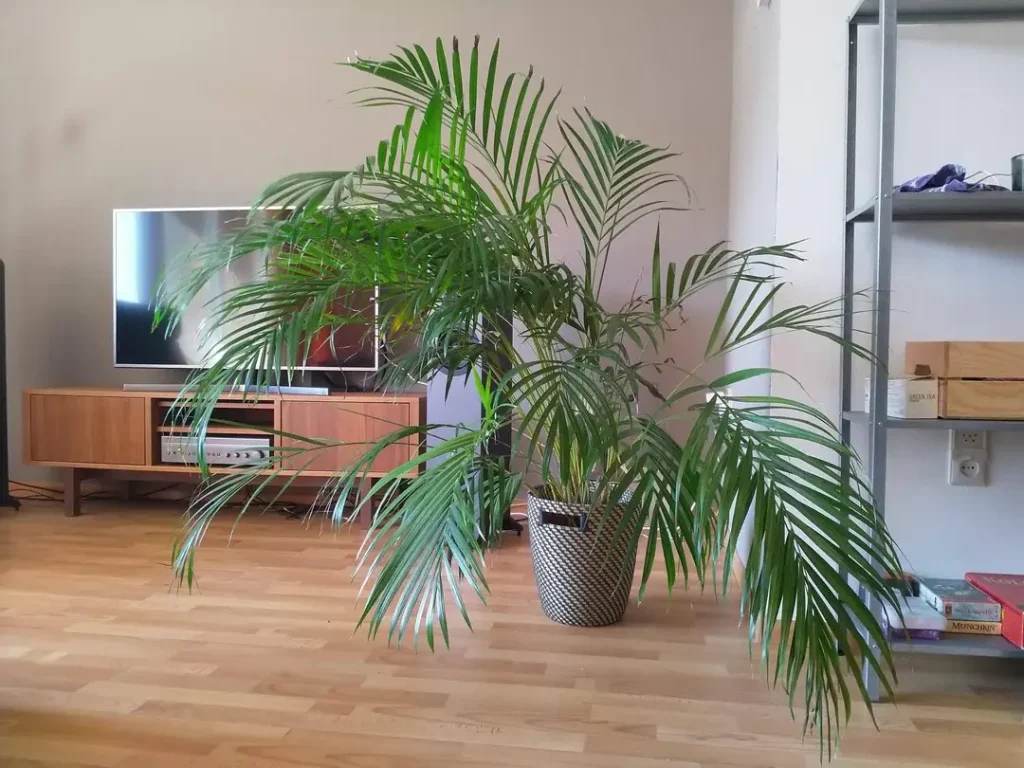
The Areca Palm is not just a stunning decorative plant; it is also one of the most efficient natural humidifiers.
It releases moisture into the air, reducing dryness and preventing dust from floating freely. The lush fronds of the Areca Palm trap airborne particles, contributing to a cleaner indoor environment.
This tropical beauty also filters harmful toxins such as xylene and toluene from the air. Areca Palms thrive in bright, indirect sunlight and prefer slightly moist soil.
Because they grow tall and full, they make an ideal centerpiece for large rooms. Regularly clean the leaves with a damp cloth to remove dust and help the plant maintain its air-purifying power.
Having an Areca Palm in your home gives you both a tropical feel and cleaner air.
4. Rubber Plant
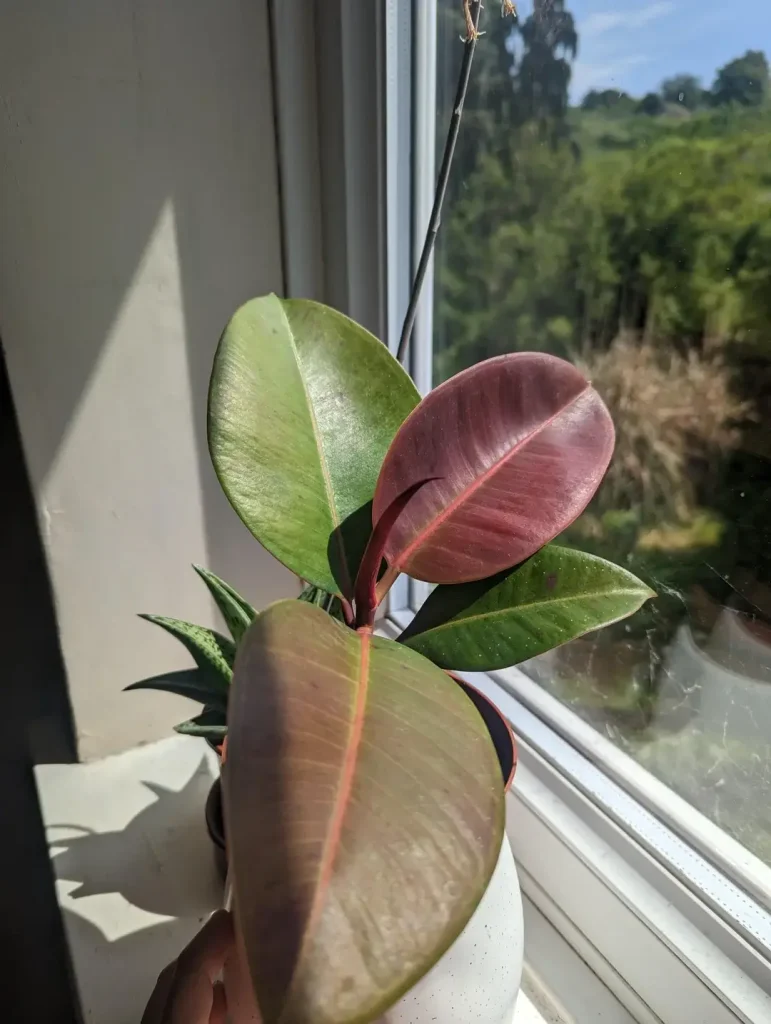
The Rubber Plant is one of the best houseplants for removing dust and particulate matter from indoor spaces.
Its thick, broad leaves are excellent at collecting dust and can trap airborne pollutants effectively.
The natural shine of the leaves also adds a touch of elegance to your home décor.
Rubber Plants are known for their ability to absorb carbon dioxide and convert it into oxygen efficiently.
They prefer bright, indirect light and need watering when the top layer of soil becomes dry. Wiping the leaves once a week keeps them dust-free and enhances their ability to purify the air.
This plant can grow quite tall indoors, so it is ideal for corners or near windows where it gets gentle sunlight.
5. Snake Plant
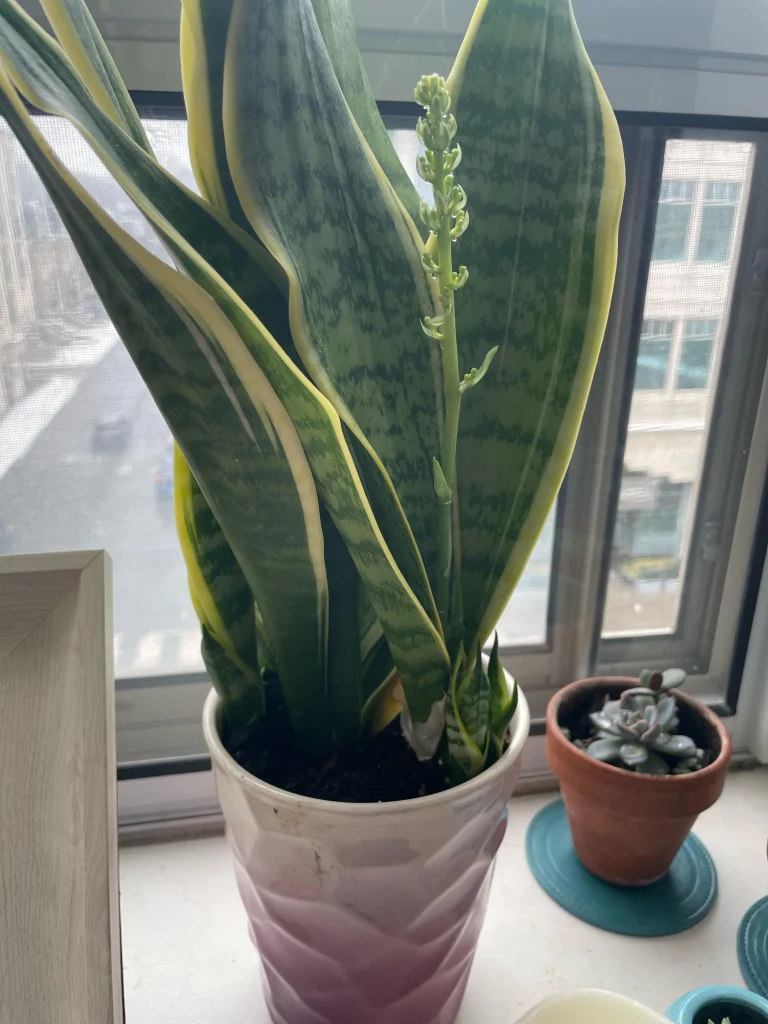
The Snake Plant, also known as Mother-in-Law’s Tongue, is a resilient and powerful air purifier. Its upright, sword-like leaves are not only striking but also effective at trapping dust particles.
The Snake Plant is particularly unique because it continues to release oxygen at night, unlike most plants that only do so during the day.
This plant requires minimal maintenance, making it perfect for busy households. It can tolerate low light and irregular watering, thriving even in challenging indoor conditions.
The Snake Plant also removes harmful substances such as formaldehyde, xylene, and nitrogen oxides from the air.
Place one in your bedroom to enjoy cleaner air and a better night’s sleep while keeping dust levels low.
6. Bamboo Palm
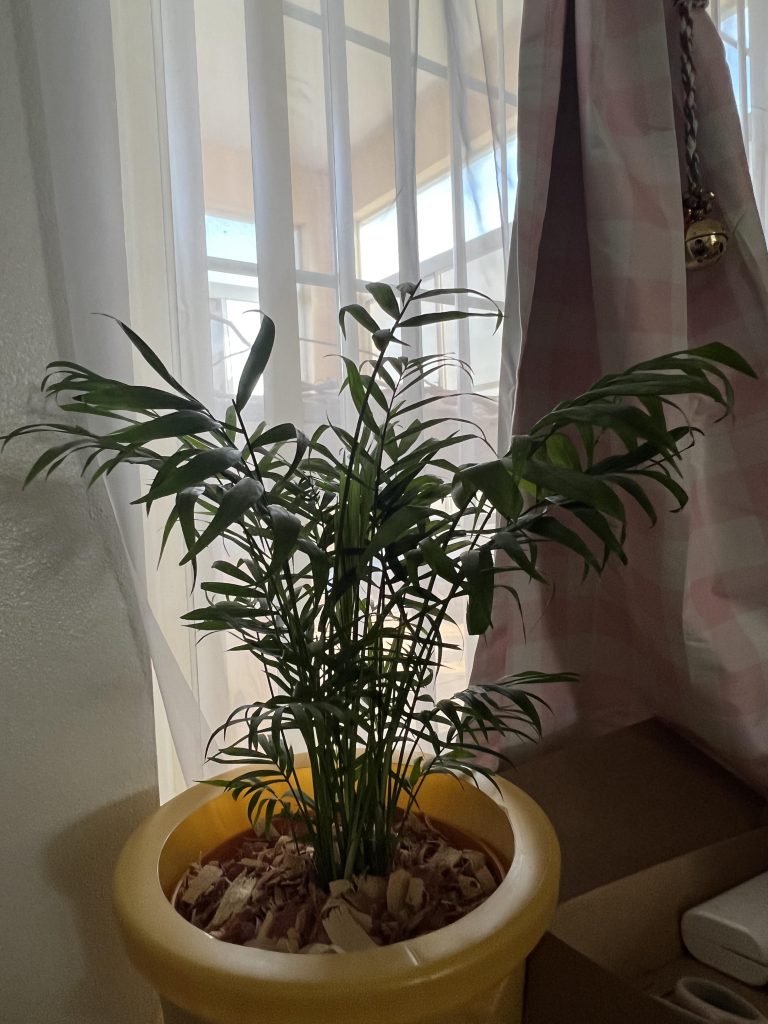
The Bamboo Palm is another fantastic plant for reducing indoor dust and boosting humidity.
Its feathery fronds are great at capturing dust particles and improving air circulation.
This plant also absorbs airborne toxins such as benzene and formaldehyde, commonly found in household products and furniture.
Bamboo Palms prefer indirect sunlight and consistent moisture. They grow well in corners or near windows with filtered light.
By adding moisture to the air, this plant helps reduce static electricity and prevents dust from settling on surfaces.
The lush green foliage gives your home a tropical touch while quietly purifying the air.
Regularly misting the leaves or cleaning them with a damp cloth helps keep them free of dust.
7. Boston Fern
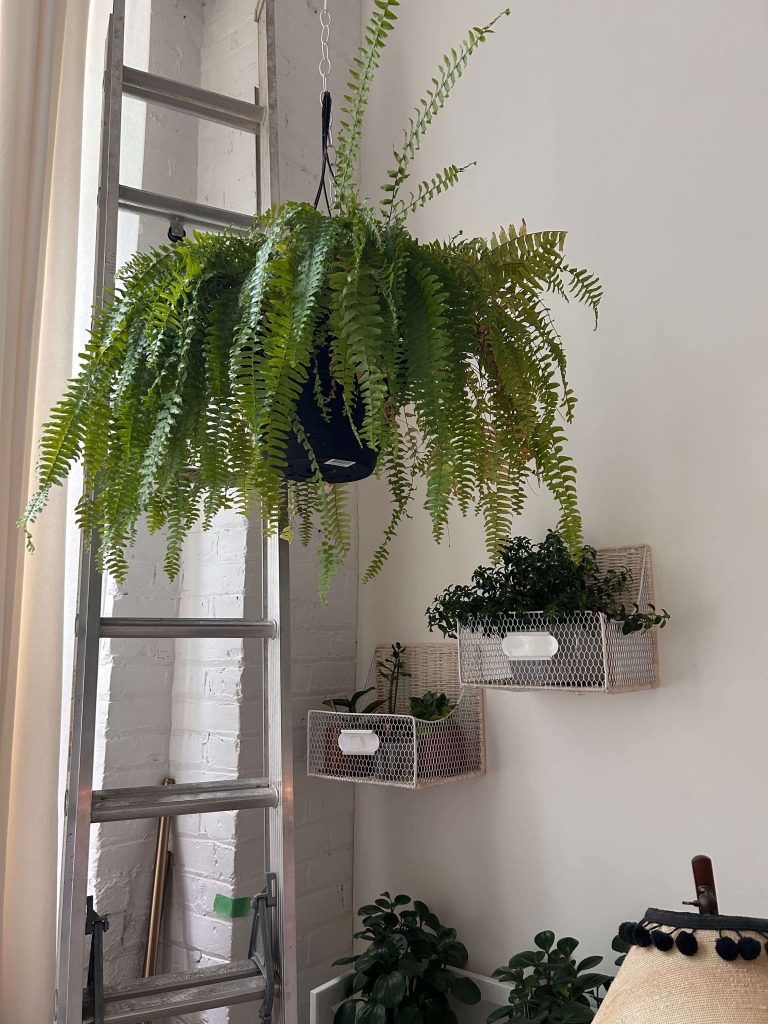
Boston Ferns are popular indoor plants that excel at removing particulate matter and increasing humidity levels. Their lush, feathery fronds trap dust and prevent it from circulating in the air.
The Boston Fern is particularly effective in humidifying dry indoor spaces, which helps reduce dust buildup.
This plant prefers indirect light and consistently moist soil. It thrives in bathrooms or kitchens where humidity is naturally higher.
To keep your Boston Fern healthy, mist it regularly and trim any dried fronds. It also filters toxins such as formaldehyde and xylene, making it a great choice for improving indoor air quality.
With its cascading leaves, the Boston Fern adds softness and freshness to your living space.
8. Aloe Vera
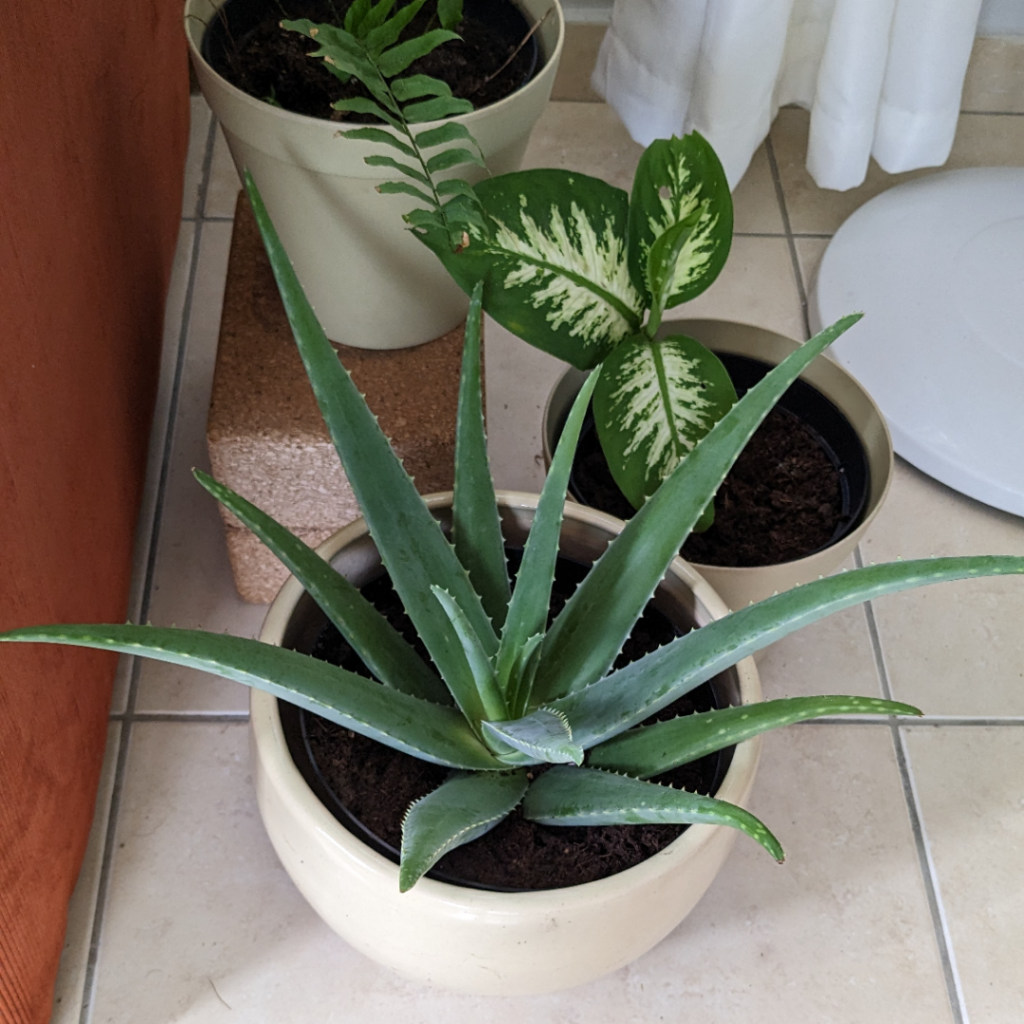
Aloe Vera is widely known for its healing properties, but it is also an excellent plant for purifying air and reducing dust.
Its thick, fleshy leaves absorb airborne particles and trap dust effectively. Additionally, Aloe Vera improves indoor air by removing formaldehyde and benzene, which are often found in cleaning agents and paints.
This plant thrives in bright, indirect sunlight and requires minimal watering. Allow the soil to dry out completely before watering again to prevent root rot.
Aloe Vera is a great choice for bedrooms, kitchens, and offices because of its compact size and easy care. Occasionally wipe its leaves to remove dust so it can continue purifying your indoor environment.
Besides cleaning the air, Aloe Vera provides the added benefit of natural gel that soothes burns and skin irritations.
9. English Ivy
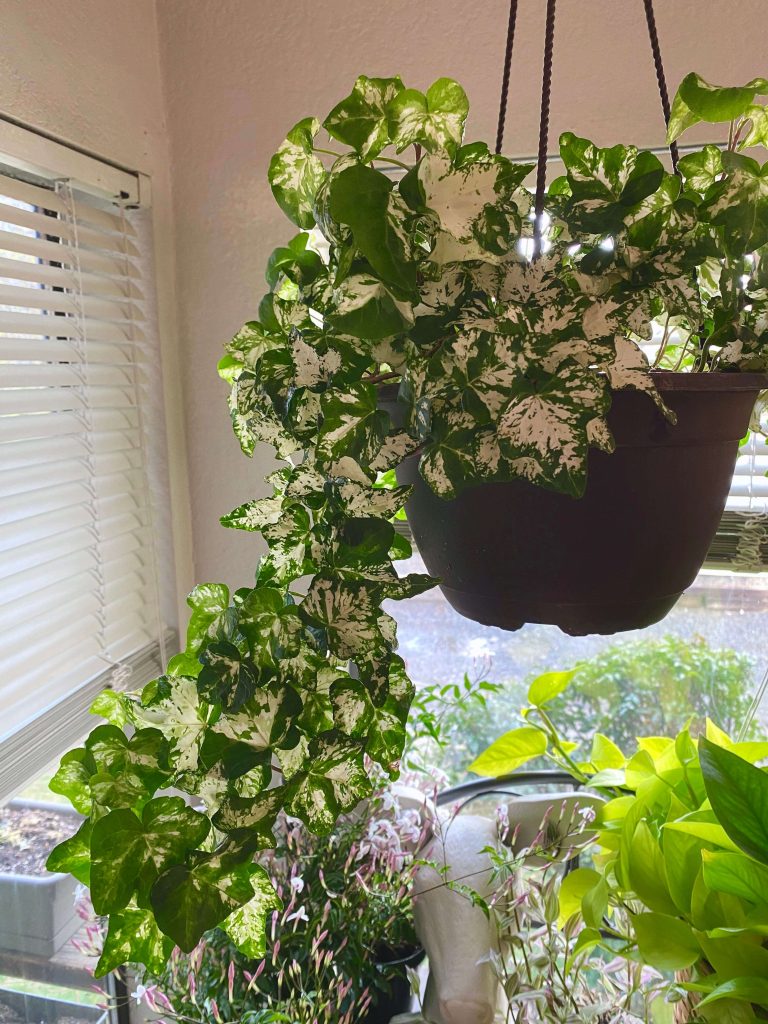
English Ivy is one of the most efficient plants for reducing airborne particles and allergens.
It has been proven in several studies to lower levels of mold, dust, and other particulates in the air. Its dense foliage traps dust effectively, preventing it from settling on furniture and floors.
English Ivy also removes toxins like benzene, formaldehyde, and trichloroethylene.
It grows well in bright, indirect light and prefers evenly moist soil. You can grow it in hanging baskets or as a trailing plant on shelves, where it can absorb dust that accumulates in higher areas.
English Ivy’s graceful vines and glossy leaves make it a stylish addition to any room while improving your indoor air quality naturally.
10. Pothos
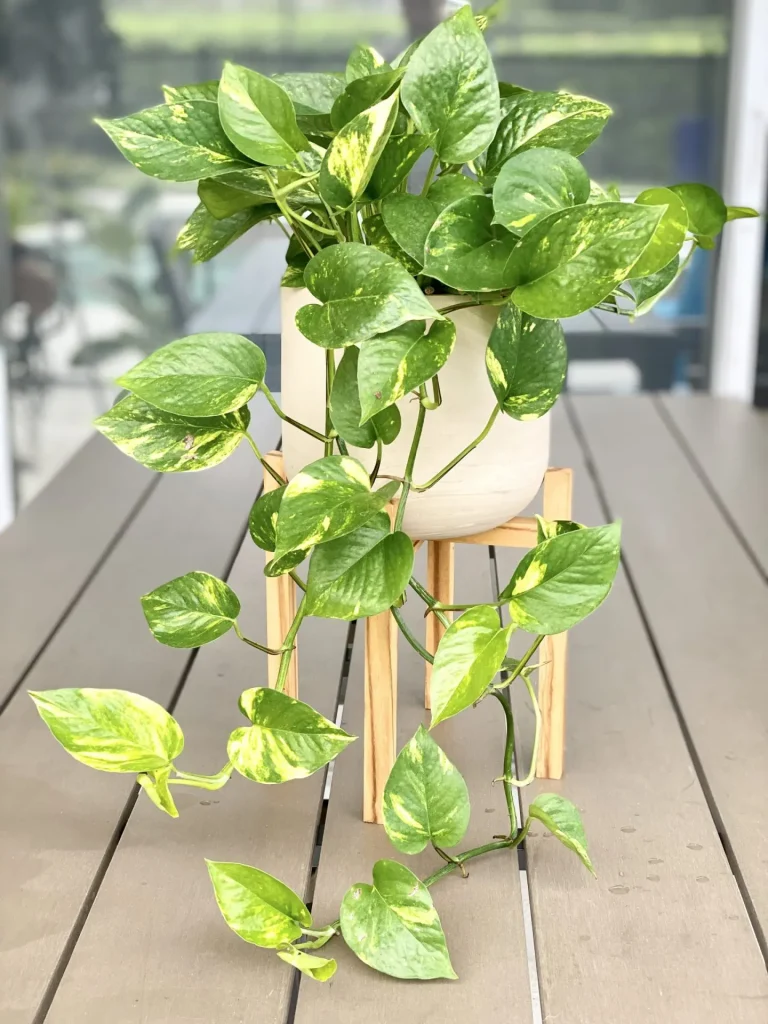
Pothos, also known as Devil’s Ivy, is a hardy indoor plant that excels at purifying air and trapping dust.
Its heart-shaped leaves have a smooth surface that captures tiny dust particles, keeping your space cleaner.
This plant is particularly good at removing volatile organic compounds such as formaldehyde, xylene, and benzene, which are found in household materials and cleaning supplies.
Pothos thrives in both low and bright light conditions, making it one of the most adaptable plants for homes.
It prefers moderate watering and can be grown in pots or as a hanging plant. Because of its trailing nature, it helps clean hard-to-reach corners and upper spaces. Regular pruning encourages new growth and keeps it looking lush.
Pothos not only beautifies your room but also continuously improves air quality, reducing dust and pollutants around you.
11. Gerbera Daisy
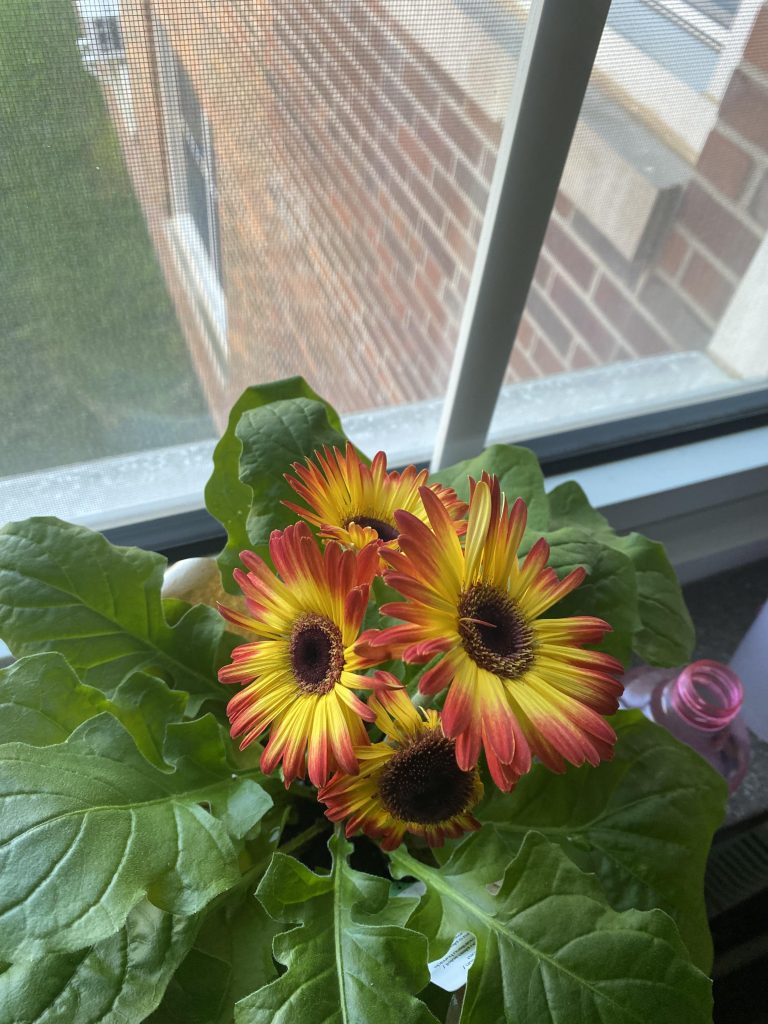
Gerbera Daisy is not only admired for its bright, cheerful flowers but also for its air-purifying abilities.
It helps remove toxins like benzene and trichloroethylene from the air and captures dust on its broad leaves.
This plant also boosts oxygen levels and adds a burst of color to your living room or bedroom.
Gerbera Daisy prefers bright, indirect sunlight and slightly moist soil. Although it requires a bit more attention compared to low-maintenance plants, the visual appeal and air-cleaning benefits make it worth the effort.
Regularly misting and wiping the leaves ensures they stay dust-free and effective.
The combination of beauty and function makes Gerbera Daisy a perfect choice for improving your home’s freshness and atmosphere.
Additional Tips to Enhance Dust Reduction with Plants
While these plants can help reduce dust and purify the air, maintaining them properly ensures they perform at their best.
Here are some simple tips to maximize their effectiveness:
- Wipe leaves regularly: Dust can build up on leaves, reducing their ability to trap airborne particles. Use a damp cloth or spray bottle to clean them once a week.
- Group plants together: Clustering plants can increase humidity and enhance their air-purifying power.
- Ensure good air circulation: Place plants in areas with gentle airflow, such as near windows or vents, to help them filter more air.
- Use natural light wisely: Most air-purifying plants prefer bright, indirect light. Rotate them occasionally to ensure even growth.
- Avoid overwatering: Too much moisture can lead to mold growth, which counteracts the air-purifying benefits.
The Science Behind Dust-Reducing Plants
Plants help reduce dust primarily through two mechanisms — trapping particles on their leaves and increasing humidity.
The tiny hairs and textured surfaces of leaves act like natural filters, catching dust that would otherwise settle around your home. Meanwhile, as plants transpire, they release water vapor into the air.
This added humidity causes dust particles to clump together and fall to the ground, making them easier to clean.
Certain plants also have the ability to absorb toxins through their leaves and roots, converting harmful substances into harmless compounds.
This process improves the overall air quality, reducing respiratory irritants and allergens.
Studies from NASA and other environmental agencies have confirmed that many houseplants significantly reduce volatile organic compounds (VOCs) and airborne dust.
Keeping your home dust-free does not have to rely solely on cleaning and air filters. Adding the right houseplants can naturally enhance air quality, reduce dust, and make your space more vibrant.
The Peace Lily, Spider Plant, Areca Palm, Rubber Plant, Snake Plant, Bamboo Palm, Boston Fern, Aloe Vera, and English Ivy are some of the best choices for cleaner indoor air.
These plants not only trap dust but also release oxygen, balance humidity, and bring a calming presence to your home.
With minimal care and a bit of attention, they can transform your living space into a healthier, more refreshing environment.
If you want your home to feel fresher and more comfortable, start by bringing a few of these natural air cleaners indoors. Nature’s own solution to dust might just be sitting in a pot on your windowsill.
